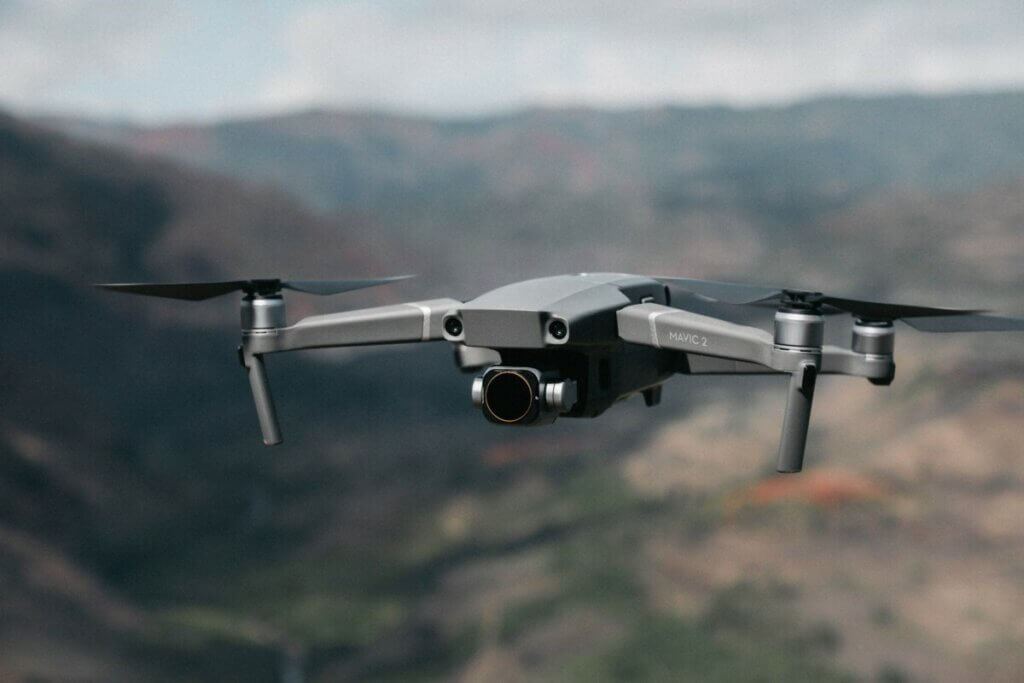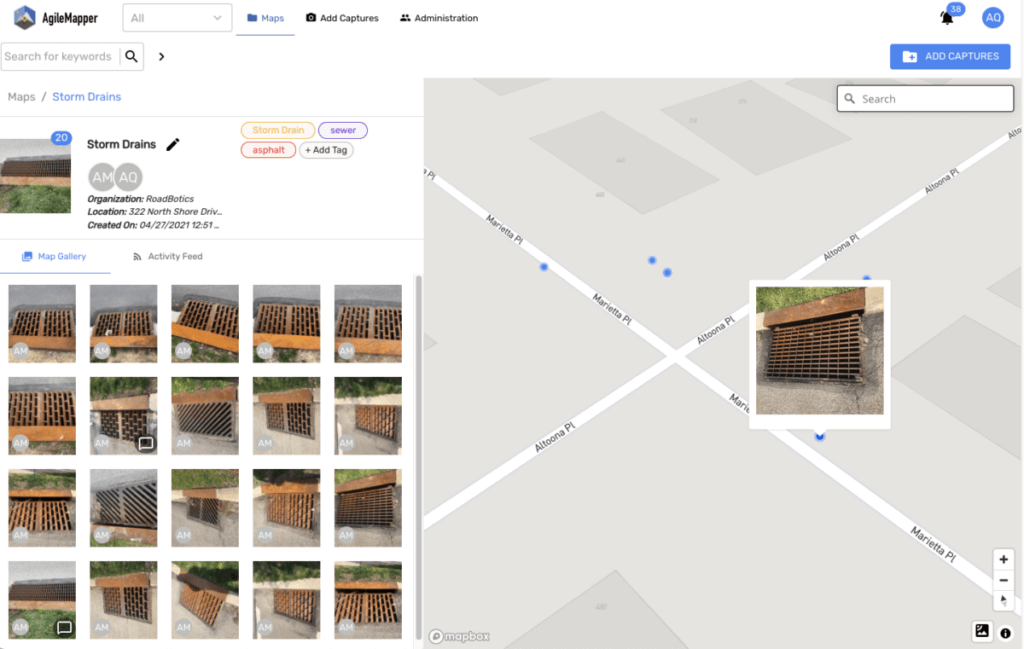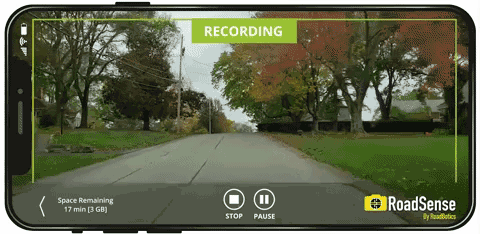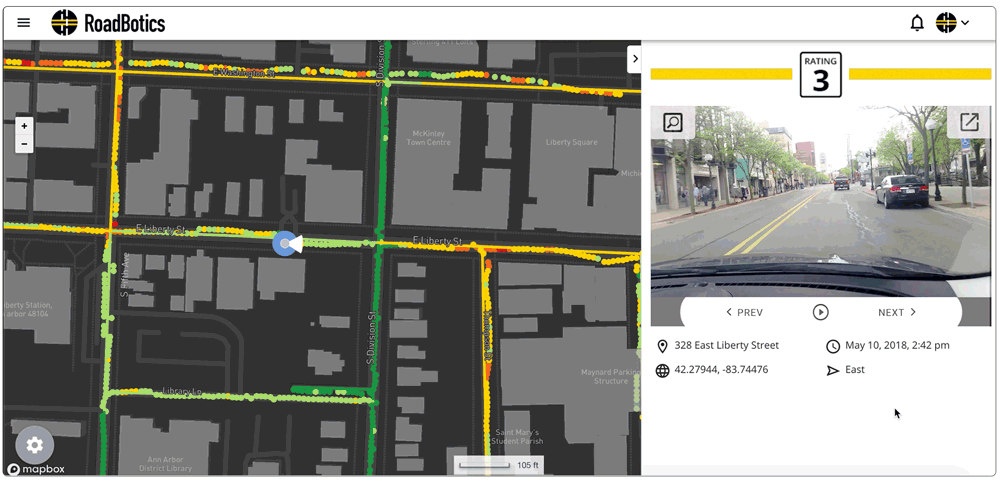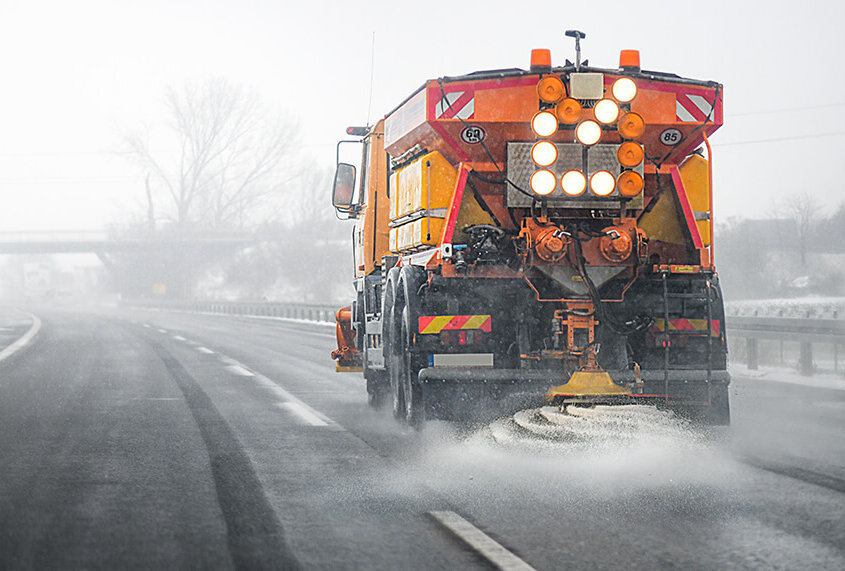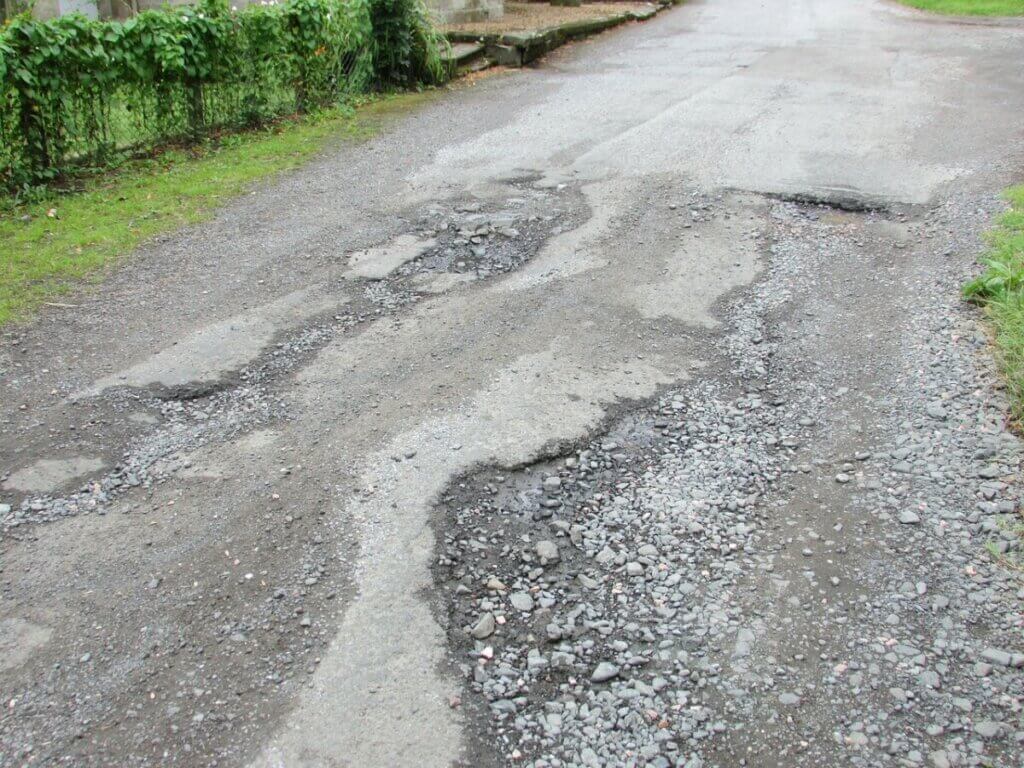My name is Sam, and I’ve been a Marketing Manager at RoadBotics by Michelin for the past three and a half years. Last year, I shared my predictions for tech trends in 2022, and I’m coming at 2023 head-on!
This year, predictions seem to fall into three main categories that RoadBotics by Michelin sees impacting industries related to infrastructure:
Artificial Intelligence
Fast Company, Forbes, and Deloitte see technology powered by artificial intelligence as a significant trend.
While Deloitte and Construction Dive predict industries like local government and construction have low “readiness” to try out new technology, they theorize they have the most to gain from AI.
In their Peering Through The Lens Of Government report, Deloitte shares, “The key element here, which has developed much more slowly than machine learning technology, is trust… Leading organizations are developing AI systems and inserting them into their processes with trust at the core, ensuring that all users understand how these tools work and feel they can rely on them.”
Whether a government is trying to make objective decisions about its road network or a construction company is looking to standardize a complex process, the advanced insight AI is offering is likely worth their investigation and investment.
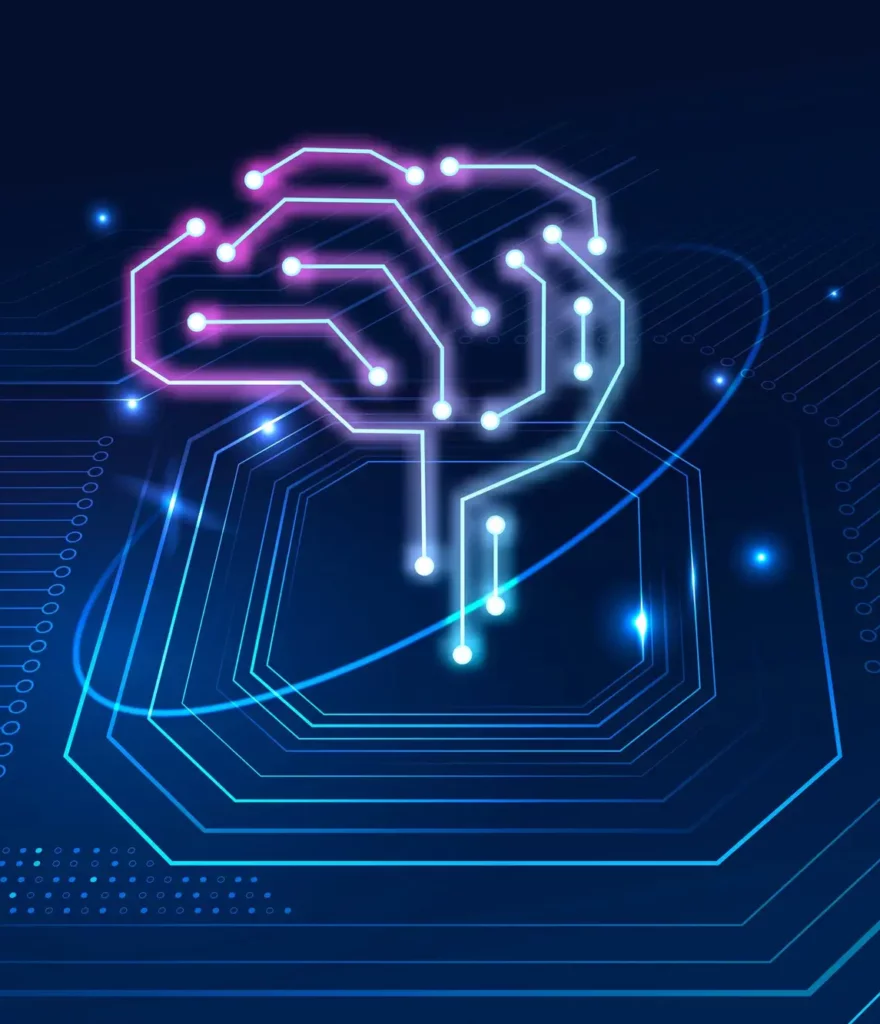
Virtual Spaces

Virtual and augmented reality (VR/AR) have been trying to find their niche for a while. Will 2023 be the year they take off?
Similar to the predictions for artificial intelligence, Deloitte, Forbes, and Fast Company envision virtual reality becoming more common, but each source sees this happening differently.
For the more general population, Forbes sees VR/AR as having the most impact in retail industries with virtual shopping experiences. More aligned with our interests, Deloitte predicts virtual and augmented reality helping government teams foster a better workplace culture. They base this on recent shifts in hiring which see governments looking to attract talent through a more flexible work culture, making it necessary to get creative in how teams connect in person and remotely.
Fast Company’s prediction for virtual spaces focuses on technology that supports communication and data management across departments. They see these tools as offering more value as virtual spaces, like hybrid work, settle in for the long haul.
Automation
Are you ready for the year of “set it and forget it”? I’m exaggerating, but automation is rising, according to 2023 predictions from the American Public Works Association (APWA), Gartner, and Forbes.
Look closely; automation might not appear as “high-tech” as many envision. Incorporating automation in infrastructure-related industries is often about filling gaps in a practical way.
Geographic information systems are becoming more widely utilized and track data in real-time with the help of sensors. Experts in the APWA community are already using drones/unmanned aircraft systems to proactively monitor condition data for assets like power structures or conduct hard-to-reach sewer inspections. APWA speaks to this point in their Top 5 Tech choices of 2023.
Gartner sees automation as the key to bridging labor shortages. Carrying out processes digitally allows teams to be smaller and processes to be more straightforward.
My Take
Will we see more artificial intelligence, virtual spaces, and automation in 2023?
Absolutely! But I predict this year will be full of experimenting to see which technologies deliver on their promises.
Industries like government and construction are skeptical of fixing something they don’t believe is broken, so it will take verifiable time and cost savings to convince them to get them out of their comfort zones; however, once they get a taste of how much more efficient their work can be with technology, that skepticism will soften.
I see automation as the trend having the biggest impact this year. To know where to automate, teams must dig into their current processes and expected outcomes to assess how that differs from their goals. Gathering this insight beforehand provides a baseline to compare how automation could have a positive impact on their processes and outcomes – ultimately helping them meet their goals.
The pandemic’s beginning marked an irreversible shift in how most organizations operate. This shift was especially true for those in government and construction industries. Remote work, digitization, and rising costs have us all looking to do more with less. Luckily, technology is here to help!
As we continue to monitor these trends throughout the year, we hope these insights will keep you one step ahead for 2023!
References:
- https://www.fastcompany.com/90827380/the-biggest-tech-trends-of-2023-according-to-over-40-experts
- https://www.forbes.com/sites/forbestechcouncil/2022/12/23/five-tech-trends-cios-are-focused-on-for-2023/?sh=114bead660bd
- https://www2.deloitte.com/content/dam/Deloitte/us/Documents/public-sector/us-gps-tech-trends-2023.pdf
- https://www.gartner.com/en/webinar/440989/1041719
- https://apwa.partica.online/reporter/january-2023/inside-apwa/top-5-tech-chosen
- https://www.forbes.com/sites/forbestechcouncil/2022/12/29/construction-tech-a-tough-nut-to-crack/?sh=7ee62b9e376c
- https://www.constructiondive.com/news/ai-is-coming-for-construction-experts-say/639570/


